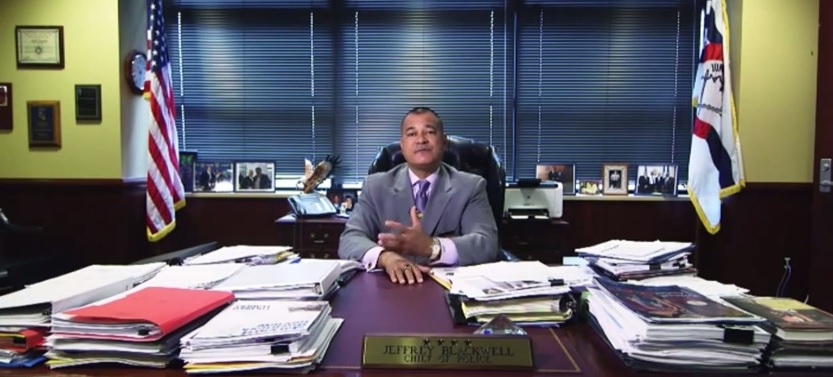The events that have unfolded across America over recent months are strong reminders that there is much to do in terms of civil rights and equality, but they are events that are particularly moving for Cincinnatians who were the center of similar controversies in 2001.
Leading up to days of civil unrest in Cincinnati, and months of economic boycotts, 15 black men were killed over a six year period. In the last case before rioting, 19-year-old Timothy Thomas was shot and killed by officer Stephen Roach. It was later found that Thomas was unarmed, and Roach was eventually acquitted of negligent homicide charges.
The similarities between what happened in Cincinnati, and what is happening in Furgeson, Missouri, are striking. The protests and boycotts eventually led to the ground breaking Collaborative Agreement in 2002. The agreement called for outside monitoring by the Department of Justice, and enacted several sweeping reforms which are still followed today more than seven years after the Collaborative Agreement was designed to last.
“I think policing needs to change in America,” Cincinnati Police Chief Jeffrey Blackwell recently told Bloomberg News in an eight-minute video report. “I think it needs to be different with a different focus. The relationship building that police officers have to do in those communities gives it a certain relationship collateral. People will allow you to make mistakes if they know you and trust you.”
The progress that has been made in Cincinnati is now being looked at as a potential national model for reforming community relations for police forces.
“One of the things that i was most afraid when we finished monitoring was could these reforms be sustained,” explained Saul Green, the monitor for Cincinnati Police Department from 2002 to 2007. “From everything I can tell there continues to be good interaction and good communication.”
While much progress has been made since April 7, 2001, those who pushed for the reforms then are continuing to make sure progress continues to be made.
“I do see some change, but we’re not utopia yet for African Americans and the police department yet,” explained Iris Roley of the Cincinnati Black United Front. “We’re not there yet, but I’m glad we started in 2001 and I’m glad of where we are today. I look forward to going to the Missouris and the Clevelands and New York, and talking with everyday people who care so that everyone is treated fairly…that everyone has an opportunity to fair and unbiased policing.”
